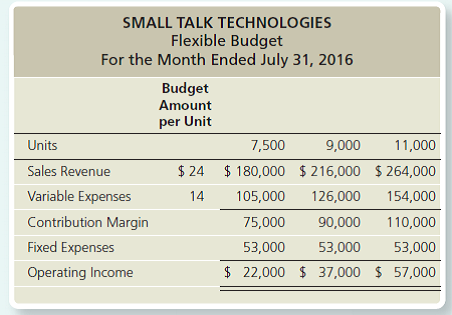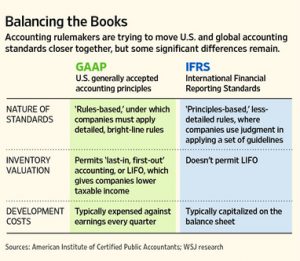
By following this comprehensive Odoo implementation guide, tailored for 2023, you can embark on a successful journey to leverage the full potential of this powerful ERP system. With careful planning and execution, your Odoo implementation will set the stage for improved efficiency, streamlined processes, and business growth. Contact us today to explore how our expert team at email protected can guide you through a seamless Odoo implementation, tailored to your unique requirements. Odoo implementation is not a one-time project; it is an ongoing journey of continuous improvement and optimization Organizations should regularly evaluate the system’s performance, gather feedback from users, and identify areas for enhancement.
- Provide post-implementation support to your users, offering assistance and guidance as they navigate the new system.
- This phase is dedicated specifically to project initiation for everyone involved to define what we will do and how we will collaborate.
- Formulate a cross-functional team with representatives from finance, sales, HR, and IT.
- This ensures that all aspects of your organization are considered during the implementation process.
- Next, the scope for the first release is defined along the project’s priorities, and the team is structured in the best way to carry out the first release requirements.
- Clients have confidence in their chosen vendor, because they can thoroughly see demonstrations of expertise through processes transparency.
Mastering Odoo Implementation: Your Comprehensive Checklist

Engaging with the community and partners fosters knowledge-sharing and facilitates access to best practices. After completing the testing phase, it’s time for the final deployment and go-live. Conduct a comprehensive analysis of your existing business processes to identify areas where Odoo can bring value. Evaluate the gaps between your current operations and Odoo’s capabilities. This analysis will help determine the customizations and configurations required to align Odoo with your business needs.
User Training and Change Management:
Provide post-implementation support to your users, offering assistance and guidance as they navigate the new system. Conduct various scenarios and workflows to ensure the system performs as expected and meets your business requirements. During the testing phase, pay attention to data integrity, functionality, and user experience. Make necessary adjustments and improvements based on the feedback and results obtained. Identify the specific pain points you aim to address and the goals you want to achieve.
In this article, we will guide you through the Odoo Implementation Checklist, providing insights into each stage of the process. Monitor the system closely in the initial stages, paying attention to any performance issues or user feedback. Continuously refine and optimize Odoo to maximize its potential and address any unforeseen challenges. The success of your ERP implementation heavily relies on user adoption.
Deploy Stage
Encourage user engagement and adoption by highlighting the benefits Odoo brings to their workflows. Implementing an Enterprise Resource Planning (ERP) system is a significant undertaking for any business. It requires careful planning, effective execution, and a clear roadmap to ensure success.
In preparing the Vision and Scope (V & S) documentation, we define the scope for the first release to start the implementation stage after transitioning from the discovery stage. Create test scenarios to validate different processes, transactions, and integrations. Identify and rectify any issues or discrepancies discovered during testing. This step ensures that your system is fully functional and ready for real-world operations. Cleanse and consolidate your data before transferring it to the new system. Ensure compatibility with your legacy systems and integrate Odoo with third-party applications if necessary.
Consider integrating Odoo with other systems such as CRM, e-commerce platforms, or third-party applications to streamline data exchange and achieve seamless information flow across your organization. The client value for the Odoo implementation step is the ability to continuously enhance features with timely delivery ready for release upon demand. This is achieved through a transparent and how to read financial report notes for pension and retirement benefits manageable approach to development, quality, and integration, enabling quick application of new flows and process automations. This phase is dedicated specifically to project initiation for everyone involved to define what we will do and how we will collaborate.
The goal of this step is to deliver a solution that is most appropriate for the requirements identified during the discovery phase. As you may recall, the scope of the project is closely tied to the company’s business metrics, and staying focused on the scope can help minimize change requests and lead to faster achievement job costing accounting software of those metrics. We also organize a demo of the system using a client’s real data, highlighting how Odoo covers the most important processes. This demo will allow the client to see first-hand how Odoo can meet their specific needs and requirements.
A POC (proof of concept) is a test Odoo environment with a basic setup tailored to meet the client’s requirements. It is how to enter a credit memo in quickbooks essentially a prototype build that serves to prove a hypothesis from a technical perspective, demonstrating that the proposed solution is feasible. A POC helps validate the concept before significant time and resources are invested in its development.
We believe that Odoo is one of the best ERP solutions available today, thanks to its modular architecture, flexibility, and scalability.
